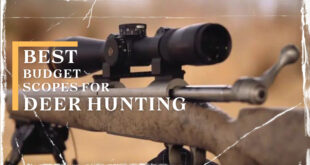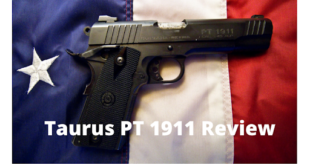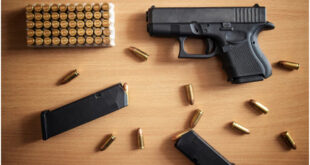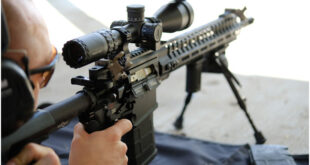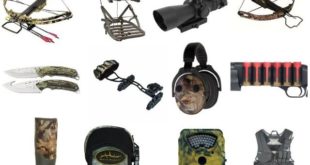Every great shooter starts somewhere. In your early days as a hunter, you will have to learn the ropes on how to shoot properly, and then accurately soon after. What this article can do for you is offer some of the most important shooting tips for beginners that will help you get to your goals faster, while making sure you make use of your experiences better.
First off; there are four basic things that beginners need to know and master, and that is: safety, position, aim, and grip. In this awesome guide, we’ll discuss them one by one:
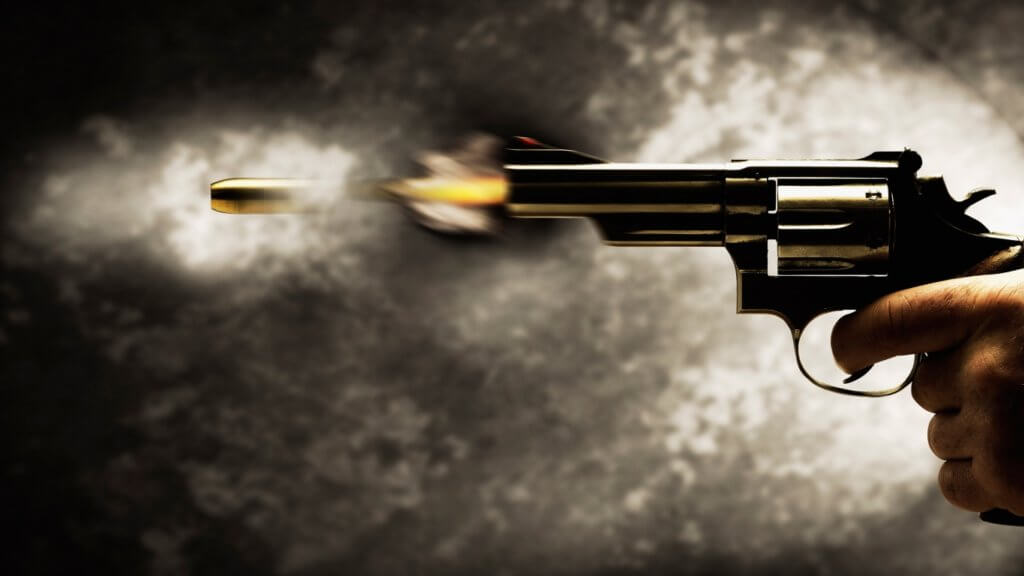
- Your safety
First rule of gun safety is to treat your weapon as if it is loaded every time. You may not know how many accidents occur from hunters thinking that their weapon is unloaded, but let me tell you that it is plenty. So, here are a few tips on how to maintain your and the safety of others around you:
- Always keep your gun pointed away from anything you don’t want to shoot
- Never put your finger on the trigger unless you are ready to shoot your target
- Always check if your gun is unloaded before storing it away
- Never play around with your gun. Ever. Not even when you’re alone
- Never point it at other people or animals you don’t want to shoot
- Never open fire at the sky
- Always unload your gun before cleaning it
- Never fire your gun unless you clearly see what you are shooting
A gun is a very dangerous thing and every gun owner is obligated to practice all of these safety steps in order to prevent accidents on himself or others.
If you have an IWB holster, keeping your finger off the trigger unless you are ready to shoot will decrease your chances of shooting yourself by accident. Always being wary of your gun and its position while wearing an IWB holster will also keep you safe from yourself, and potentially save you from hostile forces.
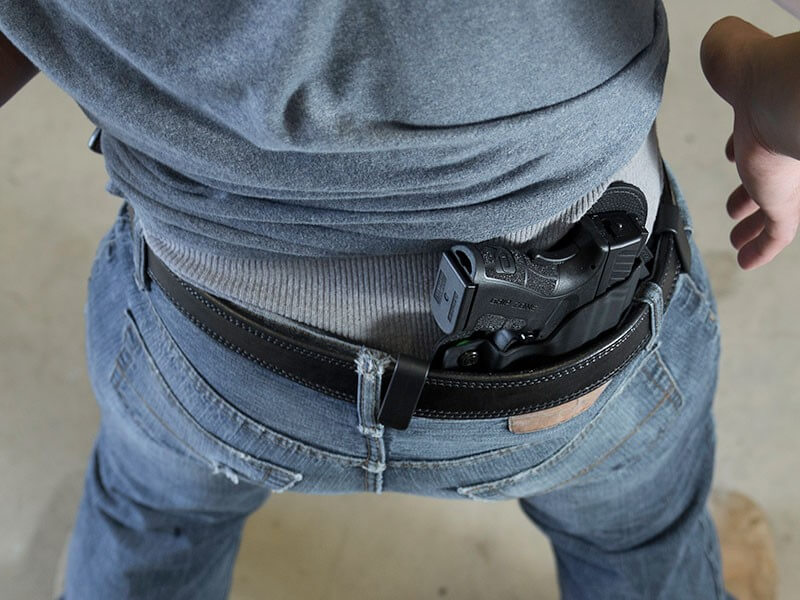
- Your stance and position
Gun position and stance is one of the most important things when it comes to shooting, with these two factors contributing to the accuracy and success of your shot. In hunting, a good position and stance will allow you to increase your chances of an accurate shot, reeling in that big kill after a long day of hunt.
Let’s talk about stances first. There are three you need to know about; the isosceles, the weaver, and the fighting stance.
The isosceles stance is great on accuracy and comfort, found to be a natural position by most shooters; but doesn’t do much for balance especially when handling kickback as a beginner.
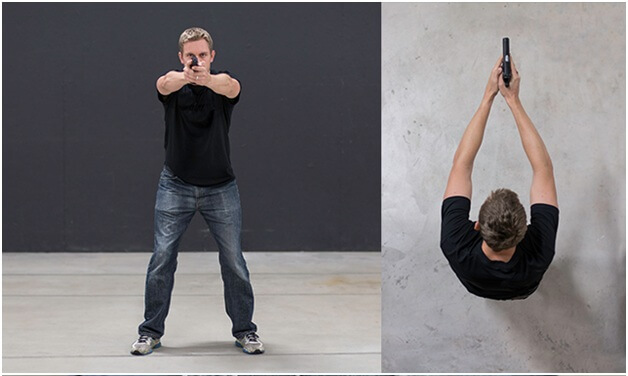
Secondly, the weaver stance is a bit more advantageous to gun control in terms of recoil, plus the weapon in general.
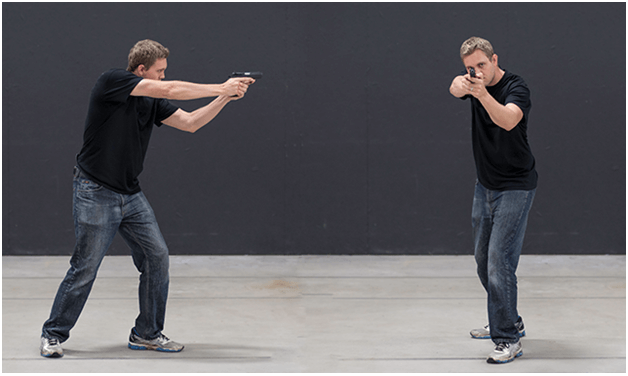
The third stance is the fighting stance, a combination of the last two stances and a good option for reducing recoil, controlling the gun, and maintaining balance when shooting.
Stances work differently for each shooter, and you may need to try them all before settling on one that works best for you, your gun handling, balance, and aim.
Furthermore, when shooting with a rifle, as most hunters do, a good gun position can also lead to increased accuracy. The best way to shoot a rifle is to keep the shoulder relaxed, not braced or hunched, to accept recoil better and reduce fatigue with every shot.
- Your aim
There is only one surefire way to improve your aim and that is through practice. For beginners, head out to the range often and see what you can do to improve your aim. Keep in mind that no shooter is perfect on his first days, and developing your own technique is the first step to more accurate shots.
Here are a few addition tips you can try:
- Don’t shoot one bullet after the other. Always stop to review each hit (too high, too low?), and adjust your aim according to the hit on your practice target.
- Press the trigger slowly instead of gruffly when you have your aim where you want it. Pulling the trigger too quickly can move your gun and miss your target.
- Use a good rifle sight and learn how to use it.
- When shooting far distances, learn how to adjust your aim according to distance.
- Relax, and don’t be shaky. This tip comes especially important when out in the actual field and about to shoot your first buck. Be relaxed or lose your kill!
- Learn how to adjust your aim while walking/moving positions.
- Find a technique you’re comfortable with. If it works for you, stick with it. If it doesn’t, move on and try again.
- Don’t anticipate the recoil too much, or you may end up having braced shoulders and make yourself unrelaxed.
- Practice, practice, practice!
- Your grip
Mastering your grip is as important as the other basics on this list. It is important to hold your weapon firmly, but not with a death grip—it will not help your chances of shooting a weapon accurately. This goes for all guns, may it be handguns or shotguns.
Plus, a two-handed grip is much more effective in controlling the weapon (for handguns), and much more so when the dominant hand is holding the weapon itself, being assisted with the non-dominant hand. Also make sure that none of your fingers are in the way of a barrel.
So, be sure to hold your weapon steady with a firm grip, not too loose nor too tight. For beginners, it may be useful to practice your grip, position, and aim before shooting with live ammunition at first.

Conclusion
Now that we’ve covered the basics; including gun safety, position and stance, aim, and grip, it’s time to apply these useful tips onto the field. There’s no time to waste when there’s so much ammo to fire; get to that gun range and with these tips at heart, begin your journey from beginner to pro.
Thanks for reading!
 |
Joseph Gleason is the founder of Captain Hunter. We provide guides on how to hunt effectively, answer reader questions, and reviews of the latest hunting gear. We specialize in providing expert information that does exactly what it claims.
Our dedicated staff members are each seasoned professionals with a passion for hunting built upon years of in the field experience. |
 www.GunsandOptics.com Tactical & Hunting Gear Review
www.GunsandOptics.com Tactical & Hunting Gear Review
